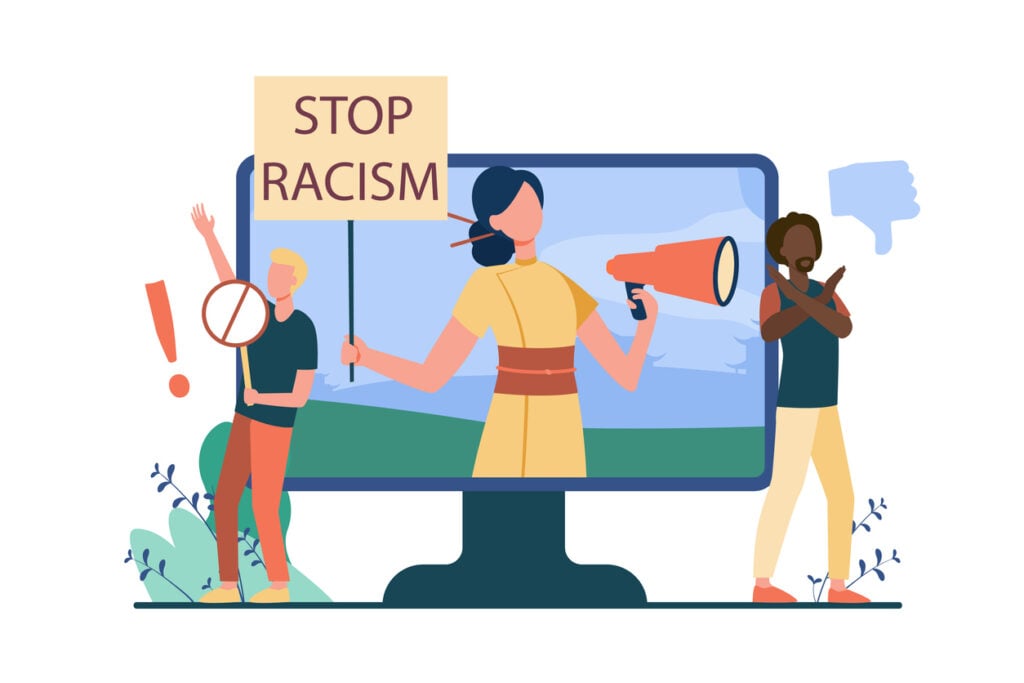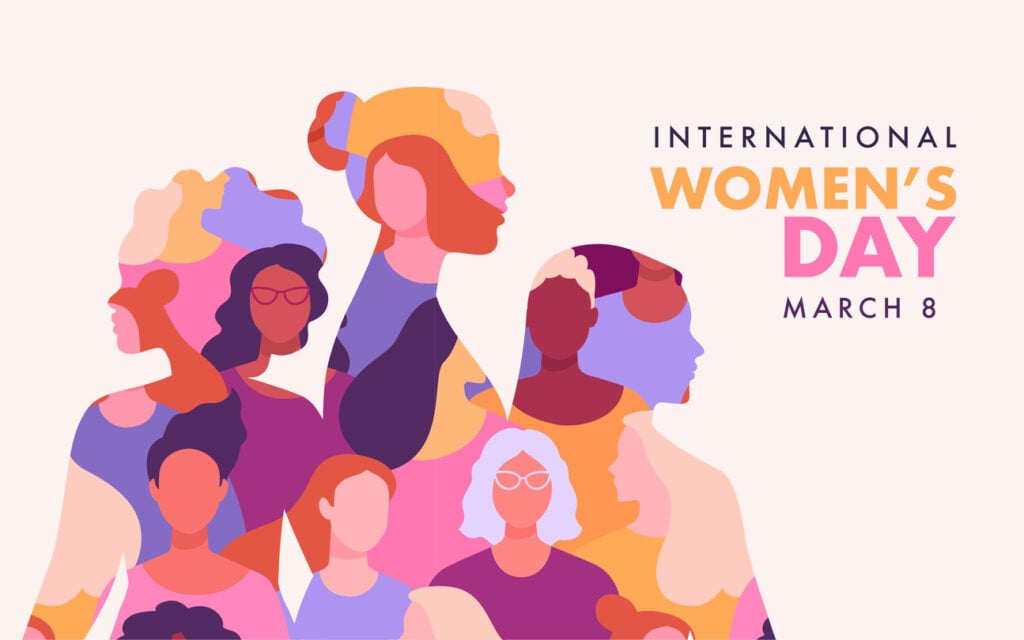
Women in Sports: Discrimination At Home and Abroad
Even in 2016, the gender pay gap is pervasive, stretching across dozens of career fields and affecting millions of women per year in the U.S. and worldwide. Within the workplace, behavioral trends such as mommy-tracking are insidious contributors to discrimination, often placing women in subordinate positions that are not only lower-paying, but also hold less potential for career advancement. However, even when women perform exactly the same job duties as men—with the same title and the same responsibilities—the wage gap still persists, sometimes to a shocking extent.
In terms of individual industries, one of the greatest offenders of wage gap perpetuation is also one of the most prominent—the sports industry. Professional athletics have long been male-centric, with male athletes receiving the majority of media coverage—and the majority of compensation. Newsweek reports that pay disparity is widespread in a majority of sports, and the severity is striking. For basketball, the highest-paid player in the Women’s National Basketball Association (WNBA) makes just 20% of the salary of the lowest-paid player in the all-male NBA. For golf, in 2015, the male Professional Golfers Association (PGA) offered $320 million in prize money compared to the women’s association’s $61.6 million—more than a fivefold difference. And then, perhaps most controversial of all, there’s U.S. soccer.
On March 30, five members of the U.S. Women’s National Soccer Team (USWNT) filed a complaint against the U.S. Soccer Federation, calling for an investigation into what the players called discriminatory wage practices. The lawsuit follows the team’s championship win at the 2015 World Cup early last year, which provided the women with significant ammunition for the complaint.
According to the suit, members of the USWNT were paid only about 25% of what U.S. male players earned in 2015, despite the fact that the women’s World Cup performance generated over $20 million more in revenue for U.S. Soccer than the men’s did. The USWNT members earned $2 million among them following their championship win; the men, who lost the tournament in the round of 16, still earned $7 million more.
Per The Huffington Post, the discrepancy in earnings for the U.S. men’s and women’s soccer teams is “arresting.” Both teams play a minimum of 20 games annually, but if the women were to win every game and the men were to lose them all, the men’s team would still earn more. Further, members of the men’s team receive an additional $5,000 minimum for every match they play over the baseline of 20—while the women get nothing. Particularly considering the respective teams’ performances, this discrepancy is nothing short of shocking.
“The numbers speak for themselves,” said Hope Solo, the women’s goalkeeper and one of the plaintiffs in the suit. “We are the best in the world, have three World Cup championships, four Olympic championships, and the [men] get paid more to just show up than we get paid to win major championships.”
Issues regarding treatment of the women’s team extend even beyond wage disparity to issues of safety. In December 2015, the U.S. team abruptly canceled a match against Trinidad and Tobago due to poor field conditions. The publicizing of the conditions sparked controversy, with many deeming the field—an old, low-grade artificial turf pocked with sharp stones—to be not only unfit for play, but hazardous to safety. Even when in good condition, artificial turf can be dangerous to the women forced to play on it, causing painful turf burns and delayed injury recovery times. Meanwhile, the men play on natural grass.
Last year, several international women’s players sued FIFA over the disparity in field conditions, citing gender discrimination, but ultimately dropped the suit. The U.S. women’s team hopes that their own discrimination suit won’t meet the same fate. Fortunately, attorney Jeffrey Kessler, who filed the USNWT’s complaint, seems confident that the suit has potential.
“This is the strongest case of discrimination against women athletes in violation of law that I have ever seen,” Kessler told NBC.
The Equal Employment Opportunity Commission (EEOC) is currently investigating the team’s claims and will release a decision in the coming months. If the suit is successful, according to The New York Times, the plaintiffs could be eligible to receive millions in back pay.
“In this day and age, it’s about equality,” Hope Solo said. “It’s about equal rights. It’s about equal pay. We’re pushing for that.”
The international nature of many sports competitions calls attention to the fact that wage inequality in professional athletics is certainly not only a domestic issue. Female athletes around the world are also taking a stand against pay inequality. Indian squash player Dipika Pallikal boycotted the National Squash Championships in 2015 due to the vast disparity in prize money between the male and female categories: the male champion would win 120,000 rupees, while the female champion would receive only 50,000—less than half of the men’s prize.
“I feel we deserve equal pay like most of the tournaments which are becoming equal prize money on the PSA professional circuit,” Pallikal said. “I don’t see why there should be a difference between men and women.”
The Australian women’s soccer team also boycotted a tour to the U.S. last year in protest of their pay and conditions, which are a fraction of those allotted to the Australian male team—despite the fact that the Australian women’s team, like the U.S. team, consistently outplays its male counterpart in international competitions.
“We are paid a base rate of A$21,000, which doesn’t even reach minimum wage levels,” said Laura Alleway, a defender for the Australian team. “We are paid a part-time wage but are expected to train full time.”
The key question to ask when it comes to wage inequality is why does the disparity remain so vast—especially when it comes to professional athletics? London’s Financial Times reports that the pay gap in professional athletics is “mainly a feature of demand and the marketability of television rights.” As Thomas More Smith of Emory University notes, this lends an advantage to women in sports like tennis, where men and women play side by side in the same environment, and where television rights are often sold as a package. This makes sense with the trends in current wage statistics that we see—but the popularity of women’s sports, and of soccer in particular, looks to be gaining on that of men’s. The U.S. women’s 2015 World Cup victory set a television ratings record in the United States with nearly 23 million viewers, making it the most-watched soccer match in U.S. history. Why, then, are female athletes still so underpaid and underappreciated?
Just as in the typical workplace, insidious discrimination plays a crucial role in propagating wage inequality within the professional athletics industry. Perhaps it might even make sense to say that the more successful women’s sports teams become, the more resistance they encounter from men within their sport, and other pay equality opponents. Whatever the reason for this trend, it’s clear that women are not inherently less worthy of compensation and support. The U.S. women’s soccer team has it right in that the wage gap is a reality that needs to be fought—not only on legal grounds, but on ethical ones.


